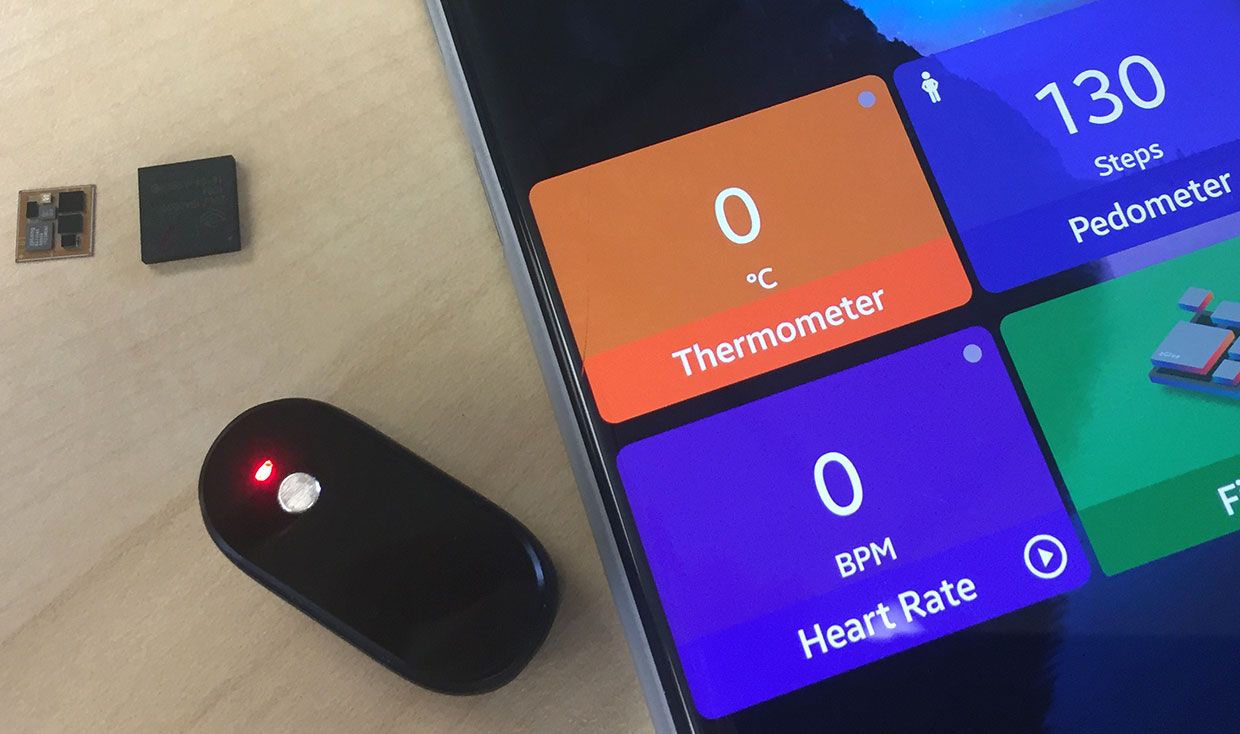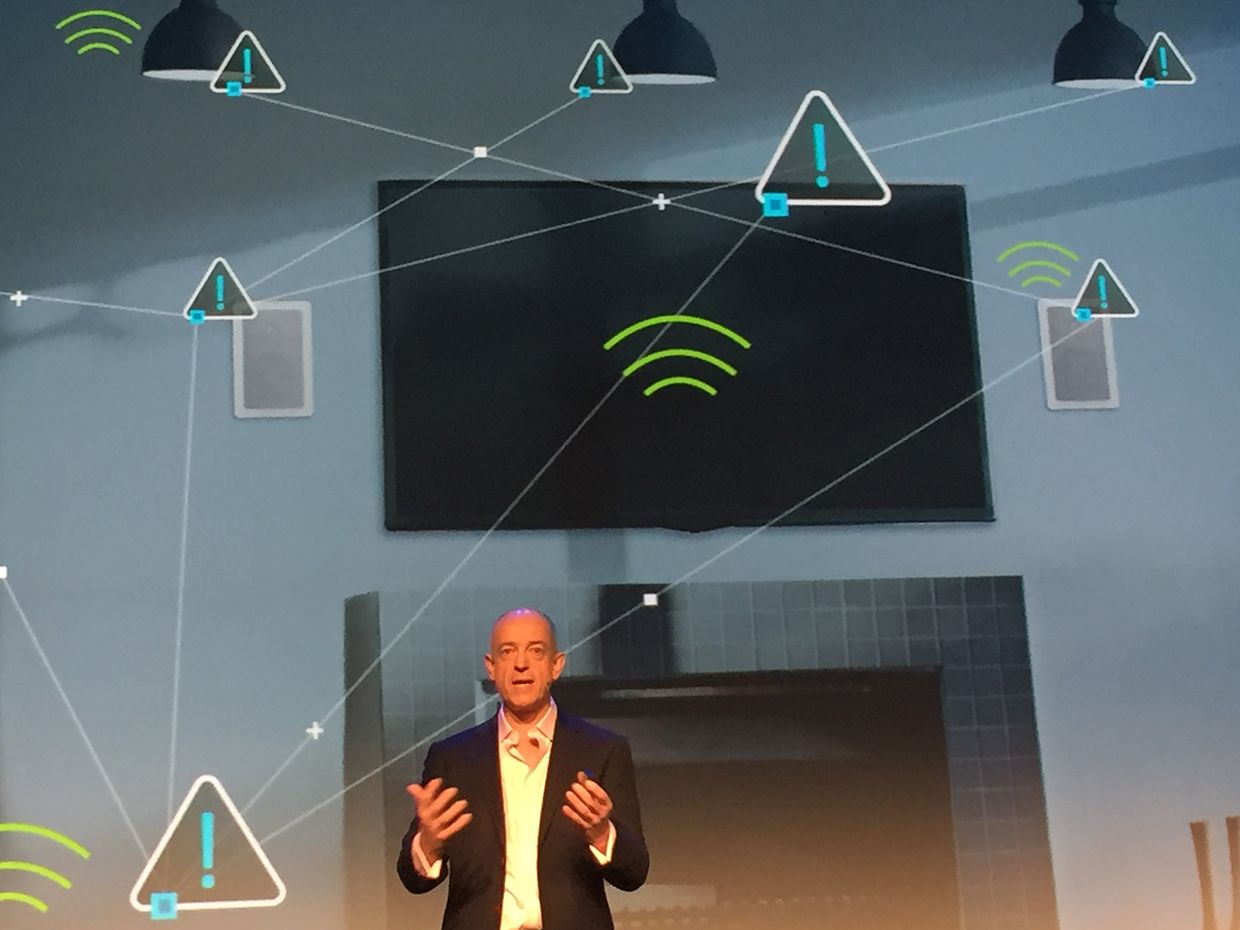Have you taken a examine Kickstarter lately? Earlier this week, entrepreneurs were trying to fund more than 1,400 initiatives to construct a few sorts of wearable device, and some other 2 hundred to construct an IoT device.
Moving from a concept on Kickstarter to a prototype after which to mass manufacture is tough, however. Many of these 1,600 builders have yet to locate that out; other marketers have a concept, however, don’t have the time or coins to create a prototype they could display on Kickstarter.
Today, production a wearable requires both assembling components onto a broadcast circuit board—an approach that can be counterproductive while you are trying to make a device as small and mild as possible—or growing a multichip module (MCM) or system-in-package deal (SIP), custom-constructed on an natural or ceramic substrate with copper wires connecting chips.
“Developing these devices isn’t cheap or easy,” says Greg Taylor, an advisor to a startup referred to as glue that’s primarily based in Mountain View, Calif. “It’s OK in case you’re a part of a big corporation. If not, though, you may be out of luck.” He says value estimates that getting to a prototype SIP may want to price a small organization more than US $two hundred,000.
ZGlue has created what it says is the key to a whole new international of wearable and IoT gadgets: the ZiP chip. (ZiP stands for value Integration Platform) A ZiP chip uses the equal off-the-shelf minimally packaged chips as a multichip module, however, zGlue says design and production, the use of its era, is massively less difficult, quicker, and less expensive.
ZGlue’s secret sauce is its use of a silicon substrate, with a grid of great wires for reprogrammable connections among the chips, and a few resistors, capacitors, and gates for built-in energy management, system management, and reminiscence.
ZGlue’s cloud-based totally tools allow designers to position off-the-shelf additives on a ZiP chip’s programmable interconnects
Image: ZGlue
ZGlue’s cloud-based totally tools permit designers to place off-the-shelf additives on a ZiP chip’s programmable interconnects.
To build a ZiP chip, an engineer starts with a cloud-based illustration of the grid and uses drag-and-drop layout equipment to pick from a library of off-the-shelf additives. After arranging the numerous additives, the engineer then can use zGlue’s software to specify the numerous connection paths and generate a list of the components and the connections along with a software improvement package for the product.
But right here’s the element that zGlue thinks will without a doubt preserve the fees of these gadgets down—the real routing doesn’t appear until after the components are positioned on the ZiP chip. Automated trying out equipment measure in which the chips landed on each ZiP chip’s grid—think about it as a mattress of nails—after which make the connections. Built-in circuitry detects which “nails” are connecting to solder bumps at the chip programs. ZGlue’s software program takes the map of meant bump positions and the map of real bump positions and figures out which pin of which package deal each of the real bumps is hooked up to. The router within the software then applications the grid to attach the chips into the preferred configuration, programming it into the ZiP chip’s reminiscence. The entire procedure occurs individually for each ZiP chip that comes off the assembly line.
This method manner that the chips don’t ought to be precisely positioned during manufacturing, in order that they may be made with pretty reasonably-priced equipment and fast.
“Today, in case you need to build a multichip module on a custom substrate, it’ll take you six months to go from design to getting it through the manufacturing unit. With our procedure, we can do it within every week proper now, the usage of production in Taiwan; days if we bring the system in-the-house,” said Taylor.
ZGlue’s founders—Jawad Nasrullah, Myron Shak, and Ming Zhang—connected with each other at Intel. They hint the thoughts that developed into zGlue’s generation deeper into their semiconductor careers, along with work with Transmeta, AMD, and Maxim Integrated. Advisor Taylor contributed to ten generations of microprocessors for the duration of 25 years at Intel and led a group that advanced a hardware random-variety generator there.
At Intel, recalled CTO Nasrullah, “we were discussing a future with devices everywhere, however, had been pronouncing that we would need a scalable, heterogeneous manner to get there. We learned from what the FPGA guys did within the ’80s; maybe FPGAs weren’t the quality in comparison to ASICs, but they were quick and right there.
“Of route, we couldn’t use conventional FPGAs; they’re restrained to good judgment, and we wanted greater. Incorporating off-the-shelf chip-scale applications inside the ZiP chip permits designers to place something in there the use of their favorite well-matched components from their favorite manufacturers. And FPGAs are energy hungry, but we had been envisioning small battery-powered structures.”
“It will in all likelihood cost underneath $a hundred to get a prototype from us…With a prototype, a circuit board, and a 3D-published case, you can make an integrated tool that wouldn’t look humorous up towards an iWatch”
—Greg Taylor, glue
ZGlue officially started out in 2014, however, matters absolutely heated up in past due 2015, whilst the group become admitted to the StartX accelerator, received a development supply from the National Science Foundation, and convinced seed investors to invest. The first prototype ZiP chip got here off the line in March 2016; an extra absolutely configured ZiP chip came out this May. ZGlue now has 40 employees and has raised $10 million in capital so far. While the employer is still checking out the brand new chips, it says it’s geared up to start quantity manufacturing. The substrate is being manufactured by using TSMC, and the actual modules constructed on that substrate may be put together through ASE.
“It’s handiest about forty-five days vintage,” said Taylor, “however we haven’t observed troubles thus far. We would love to do existence testing, however, have seen no cause to expect to encounter any roadblocks.”
Initially, glue’s customers could be big organizations, and some have already begun running on designs, Taylor said. But the definitely interesting element for those involved in value may be permitting the “two men in a storage” form of startup to get from idea to marketplace fast and cheaply—which means those organizations accomplishing out on Kickstarter received’t want tens of thousands of greenbacks in preorders before they could get going.
This prototype coronary heart charge display carries a ZiP chip with a microprocessor, heart price sensor, accelerometer and other additives.
Photo: Tekla Perry
This prototype heart charge reveal incorporates a ZiP chip with a microprocessor, heart fee sensor, accelerometer, and other components.
“It will probably fee beneath $100 to get a prototype from us; of direction, it’ll be a great deal cheaper in quantity. But with a prototype, a circuit board, and a 3-D-published case, you could make an integrated device that wouldn’t look funny up in opposition to an iWatch. We need to increase who can construct for the IoT,” Taylor said.
With that plan in mind, the value confirmed the generation at a current Maker Faire in San Mateo, Calif. It additionally ran a marketing campaign on Crowd Supply, imparting samples to humans. And the team plans to reach out to the small developer community.
One small improvement crew has already gone public with its use of glue’s generation: Sentinel Bandage, a task in the University of California, San Francisco’s Surgical Innovations organization that is aimed toward developing wearables that reveal wound healing.
Nasrullah says at the same time as the layout tools are already smooth for a developer to apply, they may be going to come to be even less difficult—because the gear is based inside the cloud, they are generating data approximately what styles of chips developers pick, what varieties of buses they use to attach them, and different choices.
“We assume to use that information to train algorithms such that developers can use natural language to describe their reason and feature the value software help in generating the designs,” he stated.
And, within the nearer term, pointed out Taylor, the device will be able to provide designers with remarks, declaring, say, that they made an unusual preference and identifying the extra commonplace selection.

